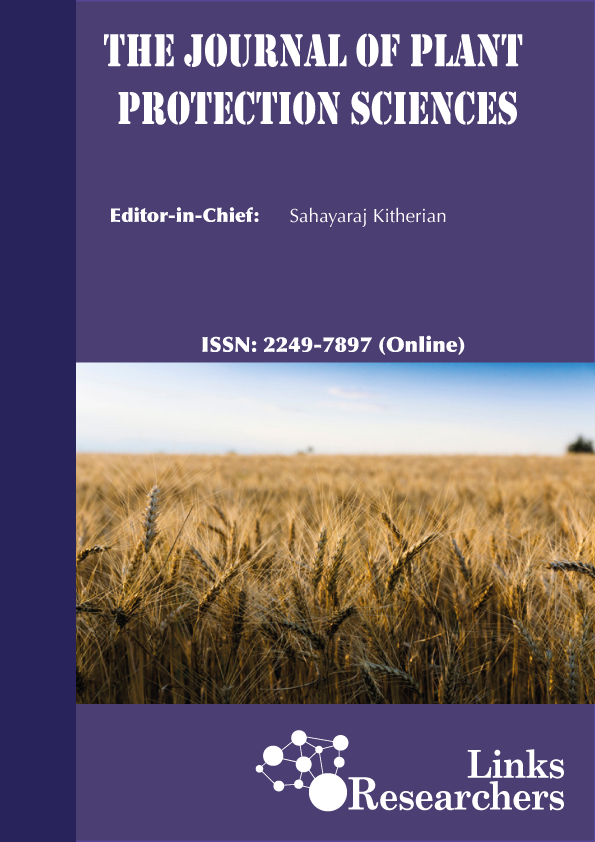Sehrish Kanwal1, Ali Saeed1*, Muhammad Munir2, Memoona Arshad1
Sehrish Kanwal1, Ali Saeed1*, Muhammad Munir2, Memoona Arshad1
Gerald Misinzo1,*, Tebogo Kgotlele1, Epaphras A. Muse1, Jan Van Doorsselaere2, Mikael Berg3, and Muhammad Munir4
Galina N. Leonova1*, Ilya G. Kondratov2, Sergei I. Belikov2
Temitope Oluwasegun Cephas Faleye1, Johnson Adekunle Adeniji1, 2 *
Mohammed A. Rohaim1*, Rania F. El Naggar2, Ahmed M. Helal3, Hussein Ahmed Hussein1 and Neil LeBlanc4
Mohammad Mushfiqur Rahman1, Rokshana Parvin1, Ataur Rahman Bhuiyan1, Mohammad Giasuddin2, Shah Md. Ziqrul Haq Chowdhury3, Mohammad Rafiqul Islam1, Emdadul Haque Chowdhury1*
Zisha Liu1, Na Song1, Takashi Yanagimoto2, Zhiqiang Han3, Bonian Shui3 and Tianxiang Gao3*
Ali Raza Awan*, Sehrish Firyal, Muhammad Tayyab, Lala Rukh, M. Zia ul Haq, Shagufta Saeed and Muhammad Wasim
Hussein Aly Hussein1*, Omneya Mohamed Khattab2, Shereen Mohamed Aly2, and Mohammed Abdel Mohsen Rohaim1
Muhammad Abid1*, Tahir Yaqub2, Arslan Mehboob3 and Muhammad Zubair Shabbir4
Fatma Abdallah1*, Ola Hassnain2, Elsayed Attar3, Haytham Ali3,5, Mohamed Megahed1 and Venugopal Nair4
Ahmed Zein Elabdeen Mahmoud1, Muaz Magzob Abdellatif2* and Mohamed Abdelsalam Abdalla3














